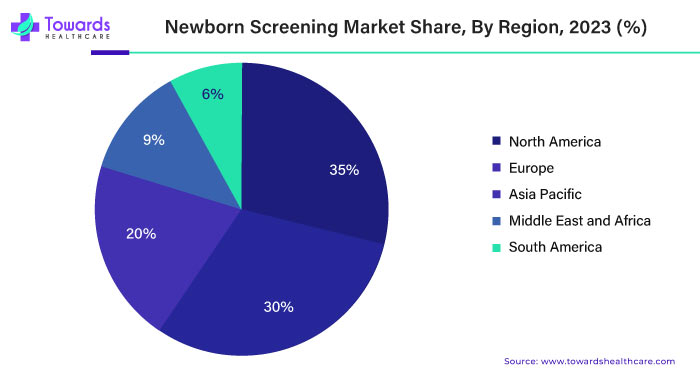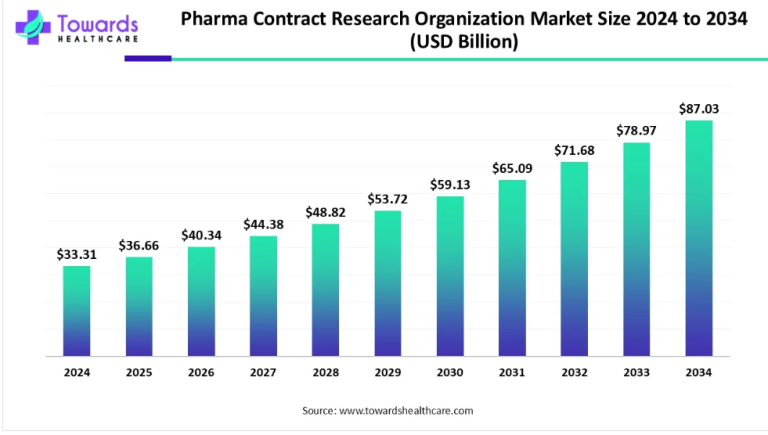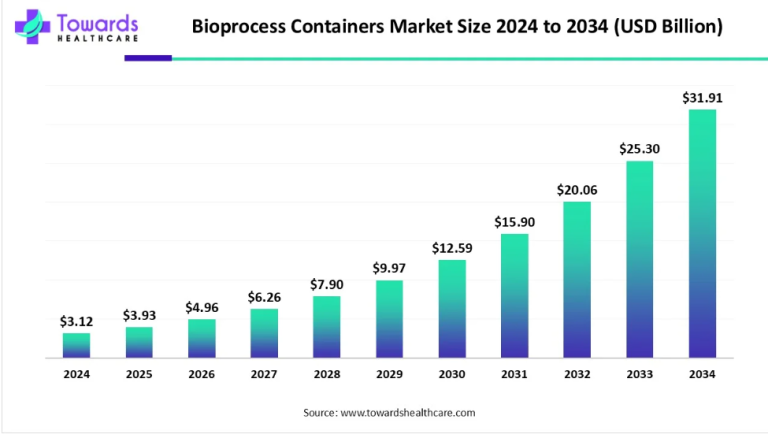
North America boasts a robust infrastructure dedicated to newborn screening, boasting extensive coverage and remarkably high uptake rates. Within the United States, each state operates its own newborn screening program, showcasing variances in both the number of disorders screened for and the methodologies employed. While some states offer comprehensive screening panels encompassing numerous disorders, others present more restricted panels. Moreover, the adoption of innovative screening technologies, such as tandem mass spectrometry (MS/MS) and DNA sequencing, exhibits discrepancies across states. Similarly, in Canada, newborn screening initiatives are managed at the provincial level, contributing to a comparable spectrum of variability in screening panels and methodologies.
Diverse Landscape of Newborn Screening Programs in North America
State-Level Variability in the United States
In the United States, the landscape of newborn screening programs is characterized by significant diversity at the state level. Each state operates its own program, leading to variations in the comprehensiveness of screening panels and the methodologies utilized. While some states offer expansive screening panels covering a wide array of disorders, others have more restricted panels, potentially overlooking certain conditions.
For any queries, feel free to reach us @ https://www.towardshealthcare.com/personalized-scope/5128
Technological Advancements and Implementation Challenges
The implementation of advanced screening technologies, including tandem mass spectrometry (MS/MS) and DNA sequencing, underscores another layer of diversity across newborn screening programs in North America. While some states embrace these technologies readily, others may encounter challenges in their adoption, resulting in disparities in screening capabilities and outcomes.
Provincial Management in Canada
In Canada, newborn screening programs are managed at the provincial level, contributing to a decentralized approach similar to that in the United States. Consequently, variability in screening panels and methodologies persists across different provinces, reflecting the unique healthcare landscape within each jurisdiction.
Newborn Screening Initiatives in the Asia Pacific Region
Across the Asia Pacific region, newborn screening programs exhibit considerable diversity, varying from country to country. Nations such as Japan, South Korea, and Singapore have established commendable newborn screening initiatives, encompassing a broad spectrum of conditions. Supported by robust healthcare infrastructure and governmental backing, these countries prioritize newborn screening as a crucial aspect of infant care.
Advancements in Newborn Screening Technologies
Role of Technological Innovations
The proliferation of new technologies, such as advanced genetic testing and metabolic screening tools, has revolutionized newborn screening programs in the Asia Pacific region. These innovations facilitate the detection of various genetic and metabolic disorders, enhancing the accuracy and efficiency of screening processes.
Rising Awareness and Advocacy Efforts
Increasing awareness about the significance of newborn screening, coupled with advocacy efforts, has contributed to the expansion and improvement of screening programs across the Asia Pacific region. Recognizing the potential impact of early detection and intervention, stakeholders are actively involved in promoting the importance of newborn screening and ensuring equitable access to screening services.
Collaborative Initiatives for Program Enhancement
International organizations, governmental bodies, and non-profit entities play pivotal roles in strengthening newborn screening programs in the Asia Pacific region. Through collaborative efforts, these stakeholders work towards standardizing screening protocols, enhancing healthcare infrastructure, and facilitating knowledge exchange to bolster newborn screening initiatives.
While North America exhibits a well-established infrastructure for newborn screening, characterized by state-level variability, the Asia Pacific region showcases diverse initiatives aimed at improving newborn screening programs. Through technological advancements, advocacy efforts, and collaborative initiatives, stakeholders strive to ensure that every newborn receives timely screening and access to essential healthcare services.
Unlock Infinite Advantages: Subscribe to Annual Membership
To own our premium study instantly, click here @ https://www.towardshealthcare.com/price/5128
Read More About Newborn Screening Industry:



